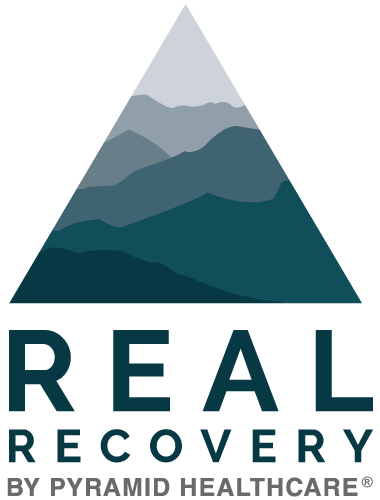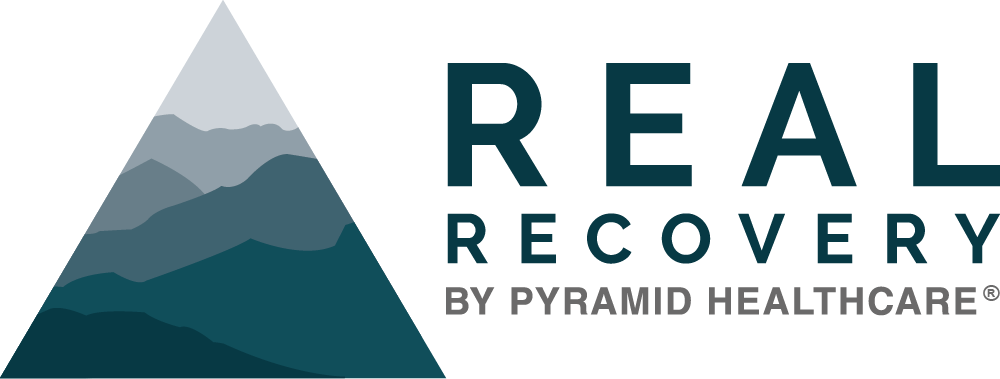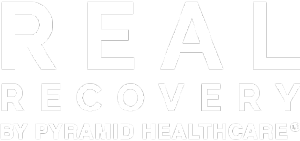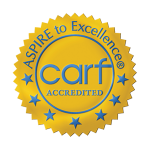If you have been using drugs for an extended period of time, or in very high, frequent doses, your body has learned to compensate for the increased levels of chemicals in circulation. Some of the normal functions of your brain – usually the pleasure-reward system – have stopped operating naturally since the drugs have been doing this work themselves.
What this means is that severe withdrawal symptoms can arise if drug use ceases – flu-like symptoms, intense GI pain and nausea and possibly even seizures may manifest as a result of quitting substance use.
In order to help with this transition and ease the body into a substance-free state, medical detox, and medication-assisted treatment are often recommended.
What is medication-assisted treatment?
Medication-assisted treatment (MAT) is a form of treatment where patients whose bodies are accustomed to a severely high intake of addictive substances are prescribed medication intended to stave off the most severe, life-threatening withdrawal symptoms.
For many, the experience and suffering of withdrawal symptoms is enough to cause them to abandon recovery efforts and return to substance abuse to stop the discomfort – this, unfortunately, often leads to overdose and can be fatal.
In order to prevent this from happening, certain FDA-approved medications are used to help slowly wean off addicted bodies in a minimally uncomfortable and much safer manner.
MAT is not the practice of replacing one addiction with another. Rather, MAT’s goal is to utilize the benefits of certain medications to help those with severe substance use disorders (SUD) find relief from addiction.
Think of it this way – those with physical conditions, like heart problems or diabetes, must be on medication their whole life to prevent a worsening of the condition; MAT is similar – using the proven methods of medication-assisted treatment can help those struggling with SUD manage their symptoms and form a life around healthy habits.
Who is MAT designed for?
MAT has successfully been used for treating various substance use addictions, but most often is used as a means of treating opioid addiction. Those who have tried to quit cold turkey (stopping drug use without weaning), but were unsuccessful often find benefit in MAT programs. Also, those who have relied solely on behavioral therapy without success may benefit from an MAT program.
Additional benefits of medication-assisted treatment include:
- Increased safety as withdrawal symptoms are minimized and cravings are reduced
- Decreased risk of overdose fatalities
- Better retention of skills and coping methods learned in behavioral therapy, thereby increasing the chances of recovery success
- Lowered risk of relapse due to minimized cravings
If you have struggled to maintain sobriety or cannot seem to quit substance abuse on your own, talk with your doctor about the possibility of medication-assisted treatment.
Are there complications to using MAT?
The FDA has approved three different medications that can be used in medication-assisted treatment: methadone, buprenorphine and naltrexone. When it comes to using medication of any kind, there are always side effects one should keep in mind. The same goes for medications used to treat substance use disorder.
Methadone
Methadone prevents cravings, reduces withdrawal symptoms and is known as an opiate agonist, meaning it prevents the sensation of euphoria or “getting high” that substances like prescription painkillers or heroin are known for.
However, methadone must be given only through an opioid treatment program and under the direct supervision of a medical doctor. This is because methadone itself can be addictive and may lead to chemical changes in the brain over time. If methadone is not properly administered, individuals may trade one addiction for another.
To properly wean off methadone after the MAT process is complete, your doctor will guide you through a tapering schedule to prevent any kind of dependence from occurring; as the weeks progress, your dosage will decrease, with the goal of allowing you to be weaned off medication entirely.
Buprenorphine
Buprenorphine works to block or reduce withdrawal symptoms, thereby decreasing the discomfort and risks of opioid withdrawal. However, buprenorphine (most commonly known as the drug Suboxone) also has a potential for abuse. Its use is monitored by physicians in order to prevent the addition of another drug problem.
Buprenorphine has what is known as a ceiling effect, meaning its effects level out after a certain amount is ingested – regardless, its dispersal is still closely controlled by physicians.
Those who utilize buprenorphine for the benefit of weaning off opioids are most often assigned a tapering schedule to allow the body time to slowly heal itself and adjust to life without dependence.
Naltrexone
Finally, naltrexone differs from buprenorphine and methadone in that it completely blocks opioid receptors and prevents opioids from having any euphoric effects (known as opioid antagonists).
Naltrexone is one of the safest MAT drugs in that it does not have the potential to cause physical dependence, and therefore no tapering is required when stopping naltrexone use. However, because it completely blocks opioid receptors, it can cause some intense withdrawal symptoms if the opioid is not first detoxed before starting naltrexone.
Looking to start medication-assisted treatment?
If you have not experienced success with other methods of addiction treatment, MAT may be the right substance use treatment for you. With the supervision of a physician, you can successfully wean off all medications and find yourself benefitting from a drug-free life.
To get started, reach out to Real Recovery today to learn about our treatment programs and find treatment options that are right for you. Contact us online or by calling 855-363-7325 anytime to learn more.





